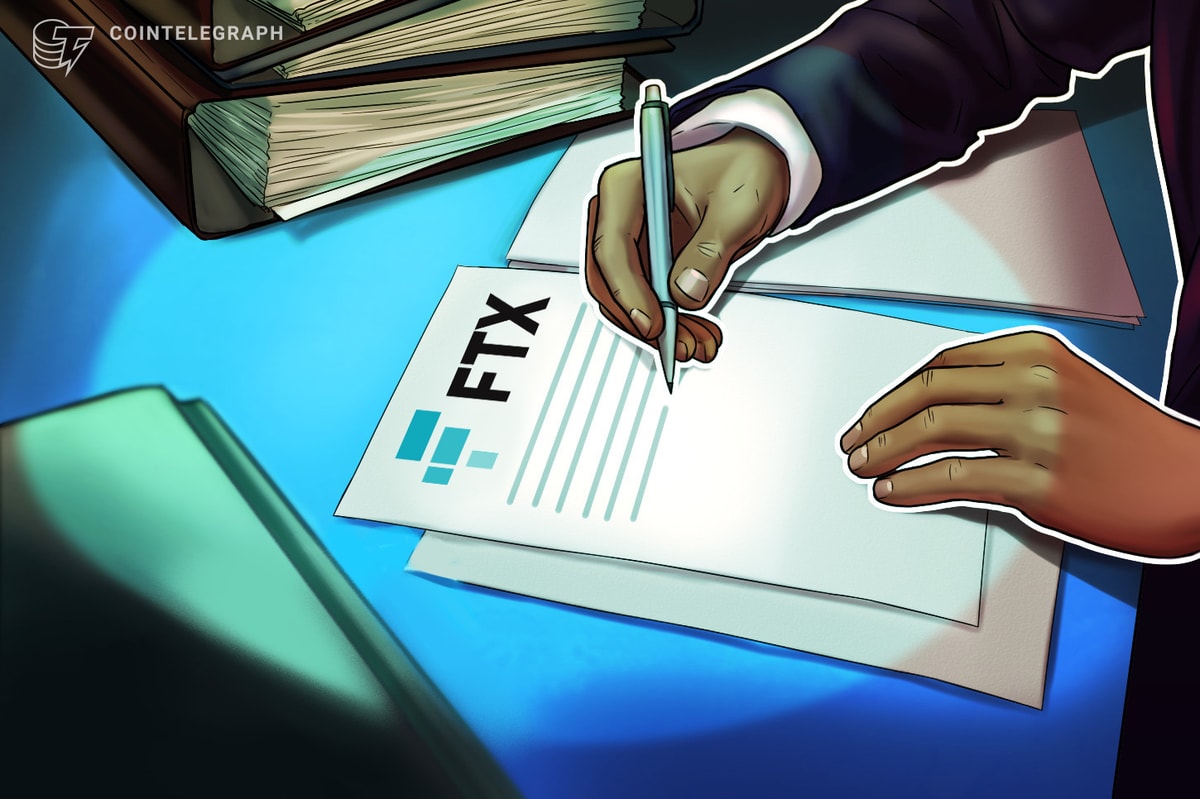The U.S. House Financial Services Committee approved the STABLE Act, a bill aimed at establishing a comprehensive regulatory framework for stablecoins, in a vote of 32-17 on April 2.
Progress towards the U.S.’s first stablecoin regulatory framework is accelerating.
The Big One
According to journalist Eleanor Terrett, the STABLE Act, short for the Stablecoin Transparency and Accountability for a Better Ledger Economy Act, received bipartisan support in the House Financial Services Committee.
Six Democrats joined the majority of Republicans in voting for the bill. Rep. Davidson is the only Republican who voted against the STABLE Act due to the lack of “self-custody language.”
The proposed legislation is now heading to the full House for a vote. If passed, it will move to the Senate for consideration before potentially reaching the President’s desk for signature.
The STABLE Act joins the Senate’s GENIUS Act, which was also approved by the Senate Banking Committee last month, by a bipartisan vote of 18-6. The bill is awaiting a full Senate vote. If passed, it will proceed to the House for consideration before potentially reaching the President’s desk.
In a statement celebrating the milestone, Taylor Barr, Government Affairs and PAC Manager at the Digital Chamber, said that the proposed legislation plays a key role in maintaining America’s position as a leader in the stablecoin ecosystem.
Sources in the cryptocurrency lobbying community indicate that efforts are underway to bridge the differences between the STABLE Act and the GENIUS Act to streamline the path to regulation.
While the two legislative proposals aim to establish a regulatory framework for stablecoins in the U.S., they currently differ in their specific approaches. Achieving consensus and minimizing these discrepancies between the two bills is crucial to avoid the need for a conference committee.
The House Financial Services Committee is also preparing to address the cryptocurrency market structure. The committee has scheduled its first hearing on this topic for next Wednesday.
Major Firms Eye Stablecoin Market Entry in Anticipation of Washington’s Nod
A number of big names are gearing up for their own stablecoin launch as the U.S. takes a closer step to the first regulatory framework for digital currencies pegged to a stable asset. Last week, Fidelity, the fund manager overseeing over $5 trillion in client assets, reportedly is in advanced stages of developing its stablecoin.
Fidelity’s stablecoin, intended to function like cash within the cryptocurrency markets, will be managed through Fidelity’s digital assets division. Product development is part of Fidelity’s strategy to capitalize on tokenized US Treasuries.
Fidelity recently filed to launch a digital version of a US money market fund, putting them in direct competition with traditional asset managers like BlackRock and Franklin Templeton.
In a video address to the 2025 Blockworks Digital Asset Summit in New York City last month, President Donald Trump publicly called for Congress to pass the stablecoin law.
Administration officials also confirmed during the event that the president aims to sign the stablecoin bills before Congress goes on recess in August 2025
Trump’s support for stablecoin legislation is part of his administration’s efforts to create a pro-digital asset regulatory environment in the U.S. In addition, the president believes stablecoins could help strengthen the American dollar’s dominance.
World Liberty Financial (WLFI), the DeFi venture backed by the Trump family, is also ramping up efforts to launch a U.S. stablecoin. Last week, the entity confirmed the launch of its stablecoin dubbed USD1.
The confirmation came after the team was spotted making several test transfers for its stablecoin on the Ethereum and BNB Chain. Wintermute, a known crypto market maker, also participated in these transactions.
WLFI just closed its second token sale, securing $550 million in total.

 7 months ago
103
7 months ago
103









 English (US) ·
English (US) ·